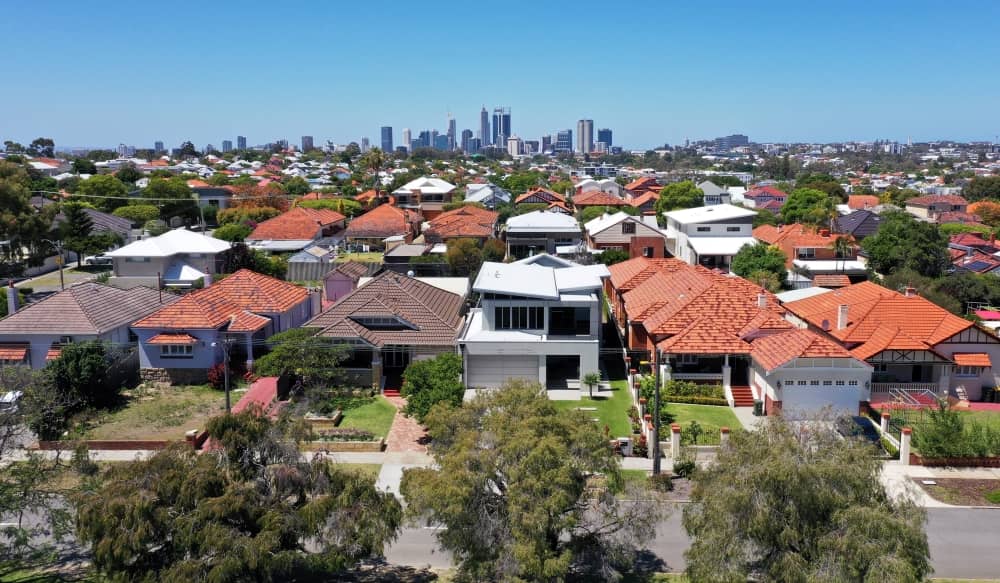
Understanding Redraw Facilities
Homeowners are often encouraged to add extra money when making their repayments on their home mortgages. The logic behind the idea is sound. By increasing the amount of money you pay towards your loan, you shorten the term and save yourself interest. As a bonus, you pay off your mortgage faster than if you followed your original repayment schedule.
However, problems may arise with this strategy if you suddenly face financial setbacks. Things such as job loss, illness, or surprise repairs can rock the boat or even the most financially stable among us. The Covid-19 pandemic is a spot-on example of a disaster none of us could plan for or even imagine.
Not all sudden financial needs are due to dreadful circumstances. A wedding, home renovations, or a long-awaited holiday also demand a way to fund them. Regardless of the reason for the financial need, the solution to the problem can be the same, a redraw facility.
What is a Redraw Facility?
Even though you may have heard the term redraw facility, you might not be familiar with its definition. A redraw facility is a way to access the extra money you have paid towards your mortgage that is above and beyond your scheduled repayment amount.
The extra repayments towards your mortgage are kept separate from your regular scheduled repayments.
This is how you can withdraw these funds if you want.
How Does it Work?
Here is an example of how a redraw works:
- Dean has a mortgage of $500,000, and his monthly repayment amount is $2,000. He decides to try and pay off the home loan faster than the 30-year term to save money on interest.
- To do this, Dean pays $500 more than his monthly repayment amount, a total of $2,500 each month. His financial institution keeps the $500 separate from the regular monthly repayment amount of $2,000. Dean will accumulate $6,000 a year if he continues to pay the extra $500 every month.
- After five years, Dean decides to buy a classic car. He has continued making the extra repayments and has $30,000 available for withdrawal. Assuming there are no minimum withdrawal stipulations on his account, Dean can take as much or as little of the $30,000 he built through extra repayments.
Why Do I Want a Redraw Facility?
There are several reasons taking advantage of a redraw facility can work for you:
- You can work towards paying off your mortgage while still having a savings safety net handy for unexpected expenses
- Your redraw facility balance does not earn interest and is not subject to government taxes
- Interest savings over the life of your mortgage
- Extra repayments on your mortgage are not compulsory. Many homeowners plan for a set amount for an additional repayment every month. Others make extra repayments when they have extra cash available or if they receive a windfall.
- Many lenders offer free redraw facilities as part of special promotions.
- Often lenders do not impose fees, limits, or minimum amounts for withdrawal
Are There Any Disadvantages?
Even though redraw facilities offer several valuable benefits to homeowners who use them, there are a few points that may be seen as detriments.
- The money in your redraw facility belongs to the lending institution, not you. Some homeowners have difficulties making sense of this fact. Remember that you willingly gave the funds to your lender. After you relinquished the money, it was no longer yours.
- Because the funds belong to the lender, they are free to impose limits, fees, and sanctions
- Once you have paid your mortgage in full, you will no longer have access to your redraw facility. The rationale for this is simple. The money you used to make extra repayments did precisely that. Your lender applied it to your mortgage. If you no longer have a mortgage, you no longer have a redraw facility.
- You do not have same-day access to your funds. Often this is not a problem, but if you need money for an emergency, it could be problematic
- Your lender can change the terms of your redraw facility as they see fit
- You will not be able to withdraw funds from your redraw facility if you are in default on your loan
- Not all loans offer the option of redraw facilities. For example, bridging loans, business banking loans, construction loans, and SMSF loans do not have redraw facilities
Is a Redraw Facility the Same as an Offset Account?
Even though redraw facilities and offset accounts both provide homeowners with ways to save money, there are several significant differences between the two.
- How each is structured – A redraw facility is an add-on to your mortgage. However, an offset account is separate from your home loan and is more like a savings account
- Ease of use – Redraw facilities have more restrictions than offset accounts. There may be minimum or maximum amounts you can withdraw, lenders can impose fees, and the money is not usually available on the same day. Most offset accounts are as easy to use as regular bank accounts.
- Speed – Homeowners generally need to wait a few business days to access their money. Offset account users can complete transactions the same day
Points to Consider
Keep in mind that not all redraw facilities are the same.
Here are a few details you should check before you sign on the dotted line:
- The number of redraws available each year – This varies between lenders. In some situations, you can take your funds out without paying fees a set number of times before the lender begins charging fees.
- Minimum and maximum withdrawal amounts – These can vary greatly, and some lenders do not have set minimum or maximum amounts
- Fees for withdrawal facilities – Many lenders offer to redraw facilities at no charge to borrowers. However, some will charge activation fees, fees per withdrawal, and fees for withdrawing less than the minimum amount
*Please note* The material in this post is for informational use only. It should not take the place of one on one advice from a financial professional. If you’re looking for a mortgage broker Perth residents trust, we are here to help.


